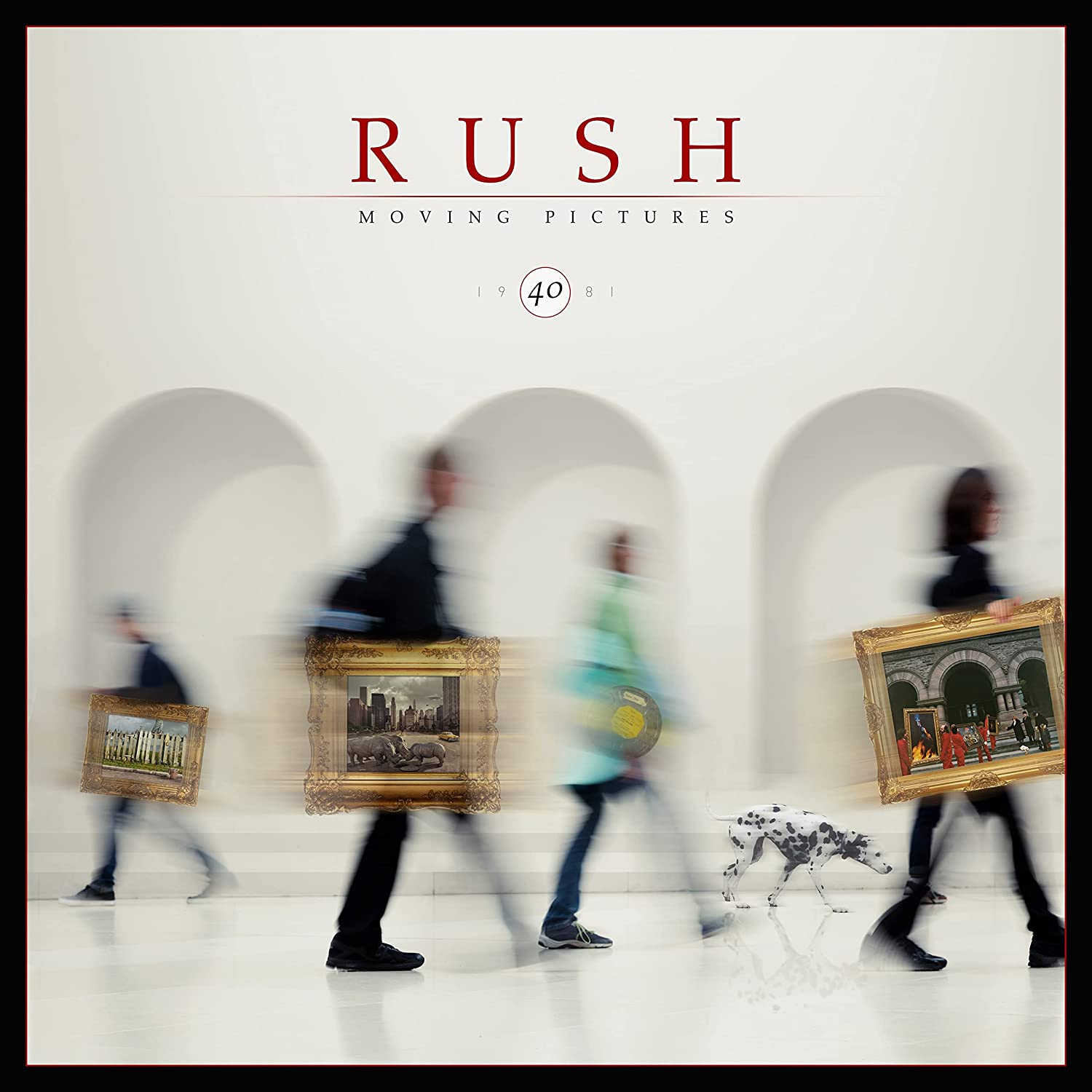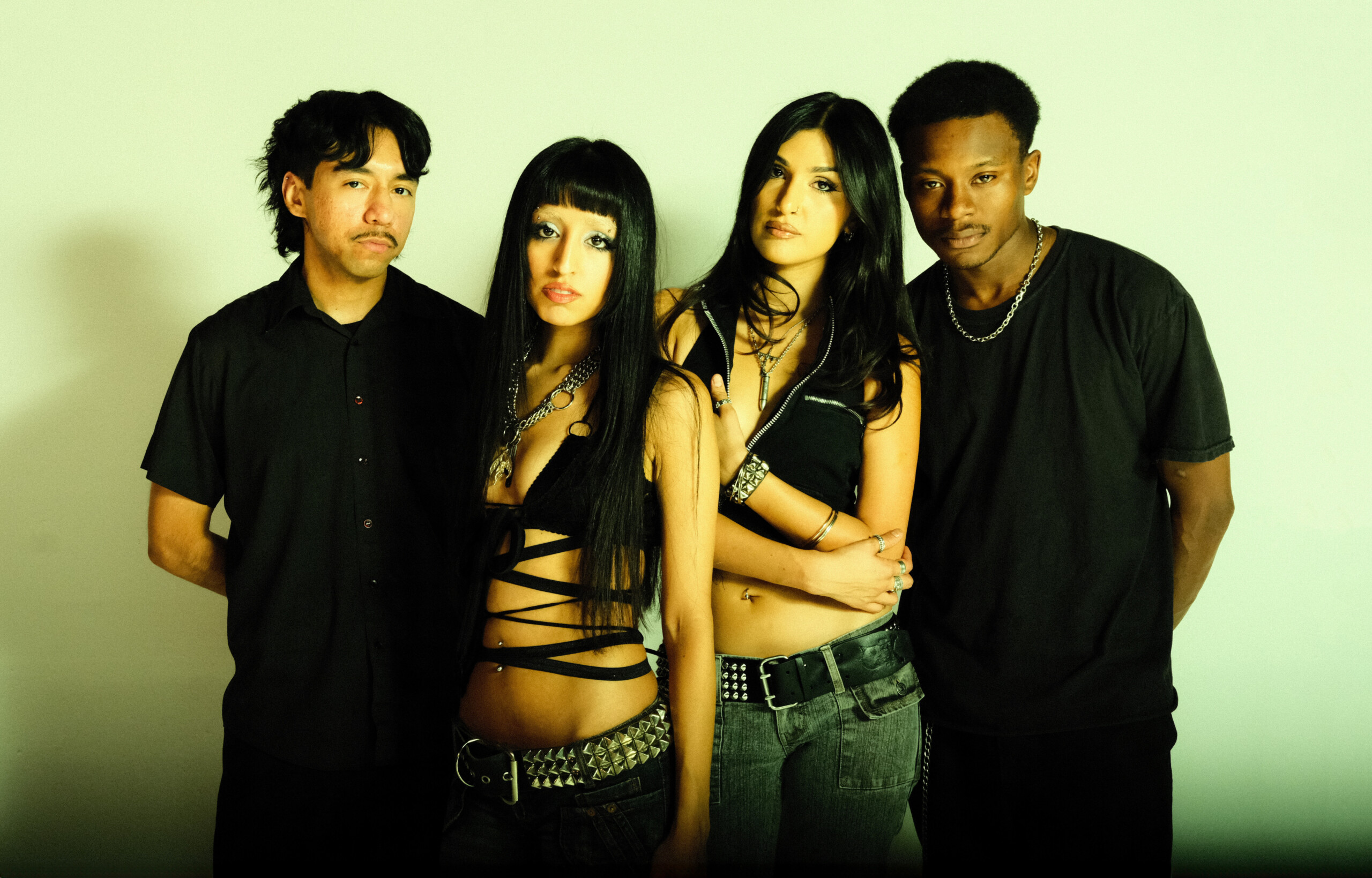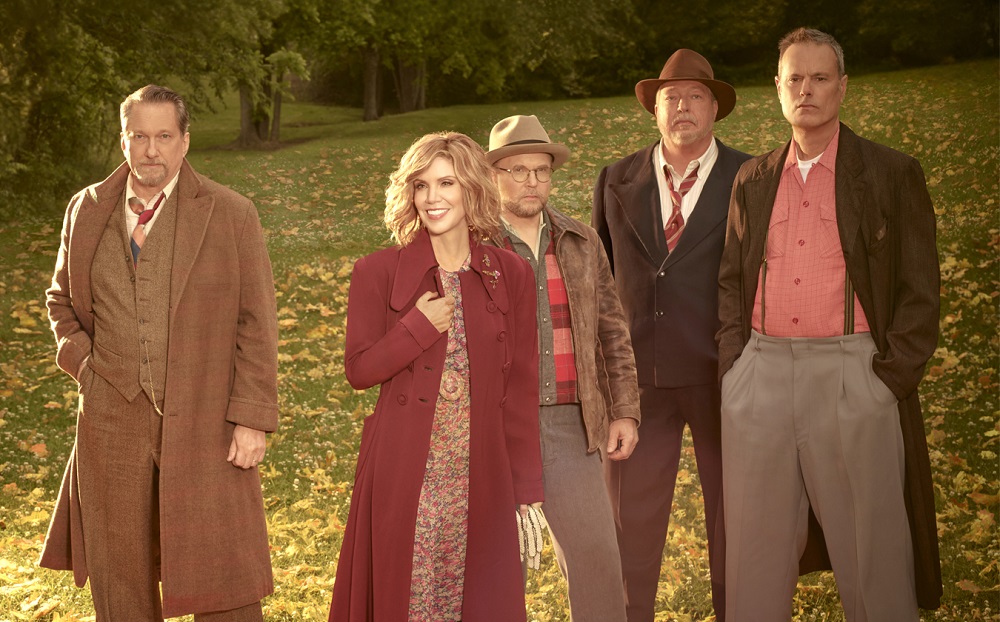Don't rush to judgment

The 40th anniversary of Moving Pictures, the eighth studio album by Canadian prog-rock trio Rush, reminds listeners that while the band might be mocked by some music listeners who are arguably standing on hollow virtue, the band’s influence on “overground” and underground music is tacit. Rush are, depending on one’s tastes, prejudices, or even “what-is-hip” indoctrination, remain simultaneously a mythical and divisive band.
There is no real conversion process with the music of Rush: Geddy Lee, Alex Lifeson, and Neil Peart created more of an adherence. Artists as divergent as Trent Reznor, Primus, Jim O’Rourke, Fishbone, Tool, Jane’s Addiction, Iron Maiden, the Pixies, Rage Against the Machine, Elliot Smith, Metallica, and Soundgarden have all flicked their lighters (or flashed their phone screens) high and proud in exaltation to Rush. Tellingly, all these artists in turn are considered “stand-out” acts in their own genres.
When Moving Pictures was released on February 12, 1981, the band had already pushed longform progressive rock suites and AOR hard rock to its saturation point. While other ‘70s rock groups were dismissive of (or threatened by) the new breed, Rush were openly excited about the freedom and concision offered by the unstoppable tide of post-punk/new wave artists. From the get-go, Moving Pictures plays like an exploration of what was occurring in music at the time. Weirdly enough, the resultant seven-song collection sounded—and still sounds—relevant and in step with the dawn of the ‘80s.
Moving Pictures is arguably a top-loaded affair, since the first four songs are classics: “Tom Sawyer” a celebration of free spirits blasted through a torsion of compound time signatures (who else could have a top 100 radio hit with a 7/8 section thrown in?), then-state-of-the-art electronics, and a hammering energy; a paean to nostalgia and blacktop, “Red Barchetta” is the band’s contribution to the veneration of the automobile and a six-minute tour-de-force where the trio fully flexes their chops; first 30 seconds alone of instrumental warhorse “YYZ” laid the complex groundwork for savvier metal and math rock, let alone the fusion assault that follows, while “Limelight” is a commentary on fame that comes across more like a sincere grievance rather than other “woe-is-me” whines from millionaire musicians.
The 11-minute “The Camera Eye” feels a bit like a step backward in its familiarity to the band’s prog wanderings but “Witch Hunt” re-ups quality control with some protean doom-metal crunch. Album closer “Vital Signs” points directly to the synthesizer-driven style where the band was heading, a move that would rankle already perplexed ‘70s band fans while attracting an even younger audience.
In the realm of guitar-based rock, Rush, like the Grateful Dead and Sonic Youth, are a kind of influence-by-proxy. While the former and latter respectively helped steer rock into free-for-all jams and radical guitar textures, not to mention DIY autonomy, Rush pushed the capabilities of a truly brutal rhythm section, oddball electronics, and lyricism that was sometimes coy but generally dipped into suburban existential misery front and center into FM radio.
This new multi-format collection includes a 19-song (!) concert from March 25, 1981, performed at their home turf of Toronto’s Maple Leaf Gardens. Both band and audience seem equally enthralled by the band tearing into favorites from 2112 as well the unveiling of the cuts from Moving Pictures. Truly epic.

Mr. Al Pete and Notsucal Release Their Latest Collab, ‘G4.5’

Dinner Party, Tom Misch and More from the Neighborhood with Mr. Al Pete

An Ultra-Chill Playlist from the Latest Episode of Electro Lounge

Sing Out Loud Festival Returns With Hozier, Beabadoobee, Father John Misty, Vance Joy and More

Chicago Alt-Country Faves Wilco Return to St. Augustine with Indie-Folk Great Waxahatchee

Looking for an Alternative to Spotify? Consider Hopping on the band(camp) Wagon

Khruangbin to Bring ‘A LA SALA’ Tour to St. Augustine in April

Perfume Genius, Flipturn, Tamino + Mitski and 6 New Songs to Stream

Song of the Day | “all tied up” by Glixen

Lucy Dacus, Babe Rainbow, Pigeon Pit and 7 New Songs to Stream
JME Live Music Calendar


Want more live music? We got you…









